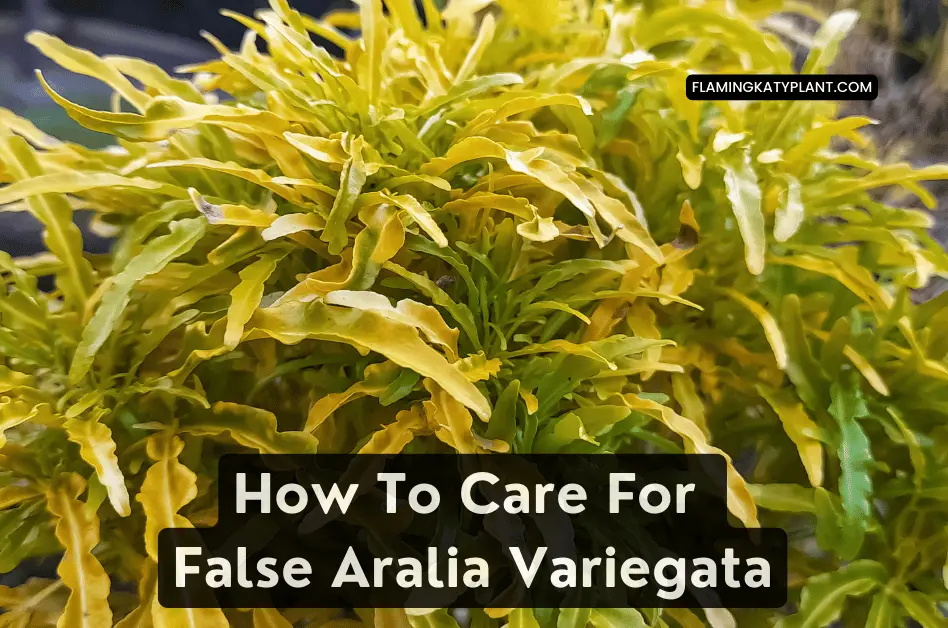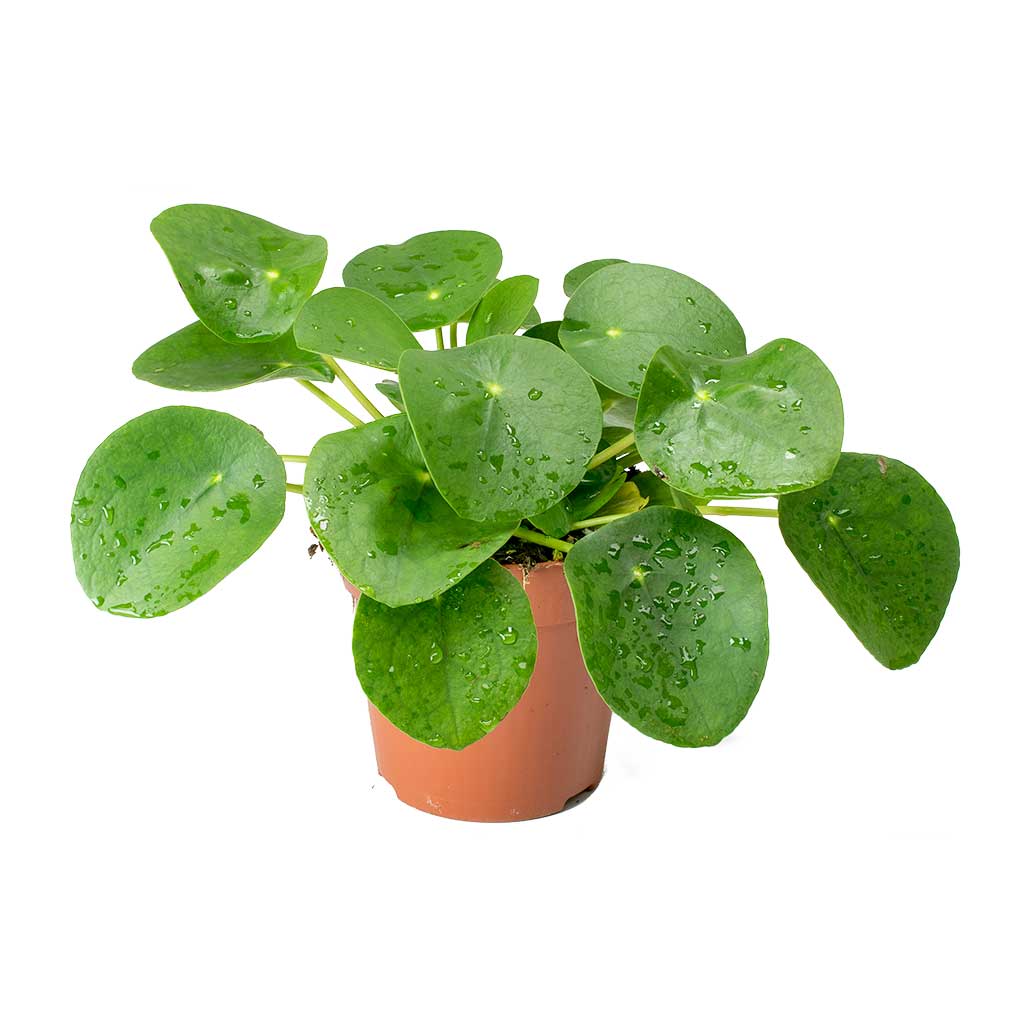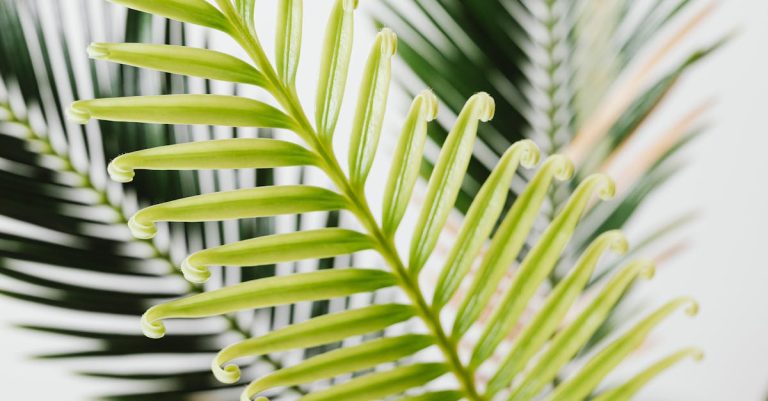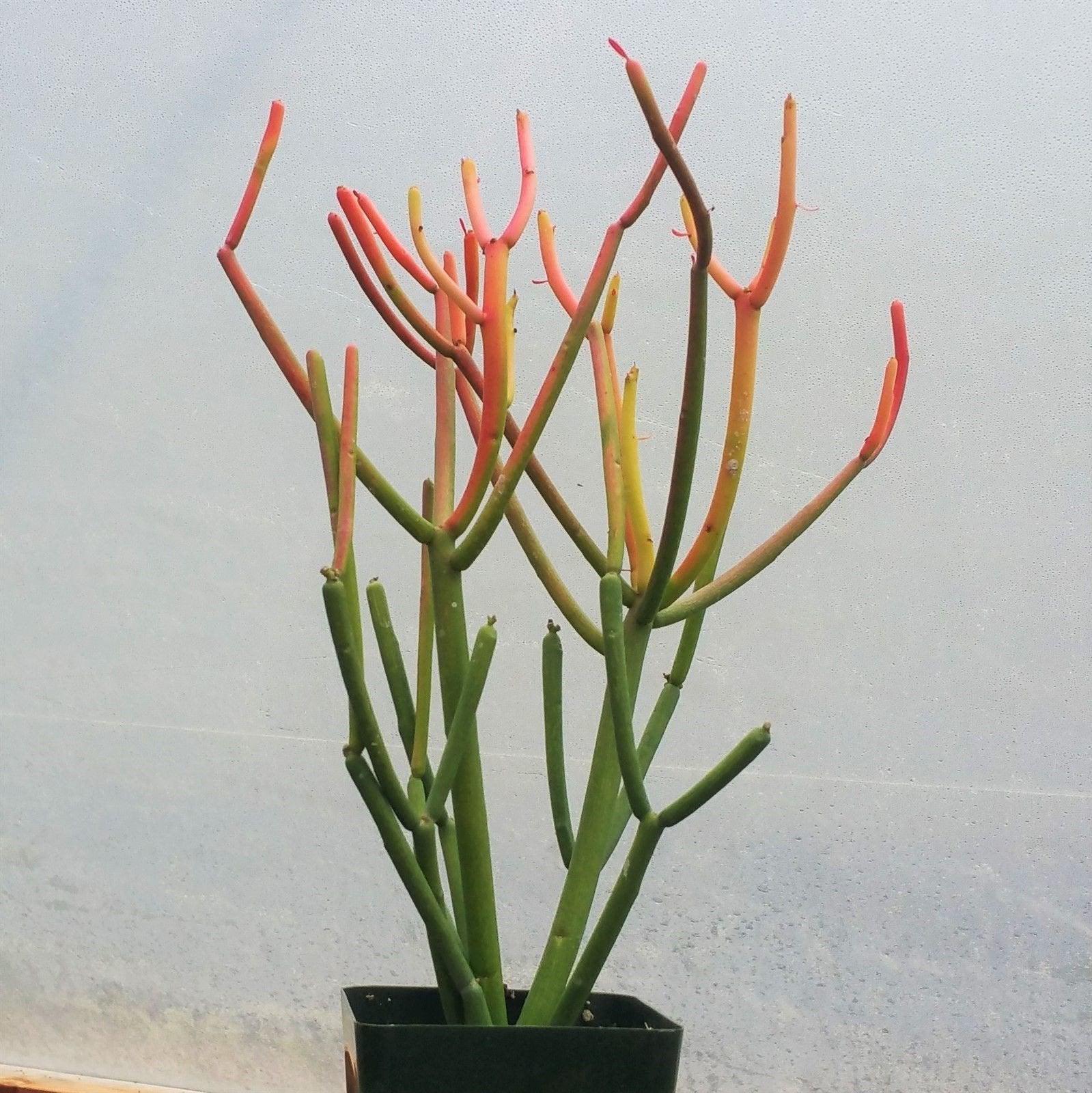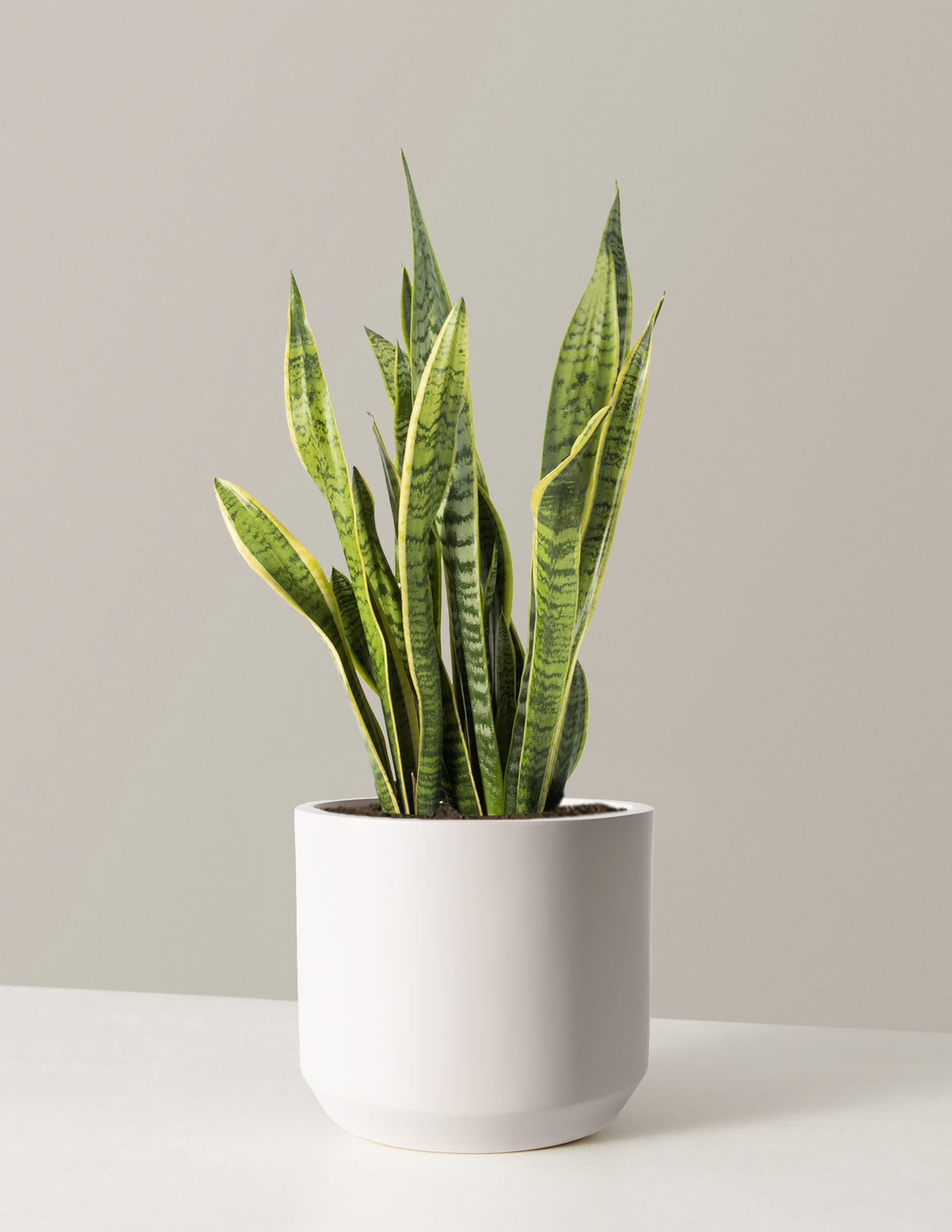How To Care For False Aralia Variegata (Dizygotheca elegantissima variegata)
How to Care for False Aralia Variegata (Dizygotheca elegantissima variegata)
False Aralia Variegata, scientifically known as Dizygotheca elegantissima variegata (now often classified as Schefflera elegantissima), is a stunning houseplant known for its elegant, finely divided, and variegated leaves. The plant’s intricate foliage and unique appearance make it a popular choice for indoor gardening. Here’s a comprehensive guide on how to care for your False Aralia Variegata.
Light Requirements
False Aralia Variegata thrives in bright, indirect light. Proper lighting helps maintain its beautiful variegation:
- Bright, Indirect Light: Place the plant near a north or east-facing window where it can receive plenty of indirect sunlight. Direct sunlight can scorch the delicate leaves, while too little light can cause the variegation to fade.
- Artificial Light: If natural light is insufficient, you can use fluorescent or LED grow lights to supplement and provide adequate light for healthy growth.
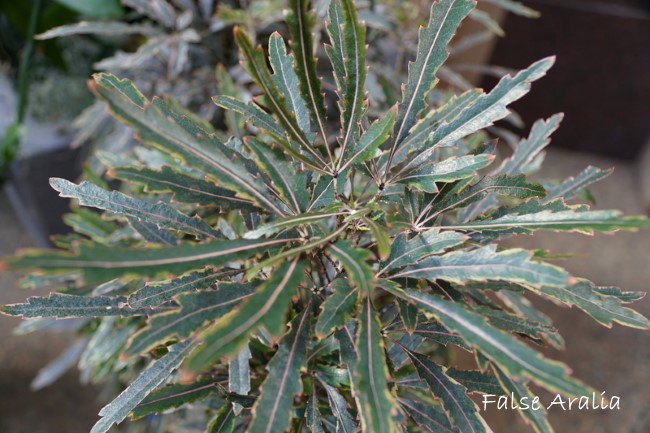
Watering
Proper watering is crucial for the health of your False Aralia Variegata:
- Frequency: Water the plant when the top inch of soil feels dry to the touch. Overwatering can lead to root rot, while underwatering can cause the leaves to wilt and drop.
- Method: Water thoroughly until excess water drains out of the bottom of the pot. Ensure the pot has proper drainage to prevent water from pooling at the bottom.
- Humidity: False Aralia Variegata prefers higher humidity levels. Increase humidity by misting the plant regularly, using a humidifier, or placing a tray of water near the plant.
Soil
False Aralia Variegata prefers well-draining soil to prevent waterlogging:
- Soil Mix: Use a high-quality potting mix with added perlite or sand to improve drainage. A standard houseplant potting mix combined with cactus mix works well.
Temperature
Maintaining the right temperature is important for False Aralia Variegata:
- Optimal Temperature: Keep the plant in a warm environment with temperatures between 65-75°F (18-24°C). Protect the plant from cold drafts and temperatures below 60°F (15°C).
Fertilizing
Regular feeding helps promote healthy growth and vibrant foliage:
- Frequency: Fertilize once a month during the growing season (spring and summer) with a balanced, water-soluble fertilizer diluted to half strength.
- Winter: Reduce or stop fertilizing in the fall and winter when the plant’s growth slows.

Pruning and Maintenance
Regular maintenance will keep your False Aralia Variegata looking its best:
- Pruning: Trim back leggy growth to encourage bushier growth and maintain the plant’s shape. Pruning also helps control the size of the plant.
- Cleaning: Remove any dead or yellowing leaves to keep the plant healthy and prevent potential pest issues.
Common Problems and Solutions
- Yellowing Leaves: Often a sign of overwatering or poor drainage. Adjust your watering habits and ensure the soil drains well.
- Leaf Drop: This can be caused by sudden changes in temperature, drafts, or underwatering. Maintain stable environmental conditions and consistent watering.
- Pests: False Aralia Variegata can attract pests like spider mites, aphids, and mealybugs. Inspect the plant regularly and treat infestations with insecticidal soap or neem oil.
Propagation
False Aralia Variegata can be propagated through stem cuttings:
- Cutting: Take a healthy stem cutting with several leaves and at least one node.
- Rooting in Water or Soil: Place the cutting in water until roots develop, or plant it directly in a well-draining soil mix. If using soil, keep it consistently moist until the cutting establishes roots.
- Transplanting: Once roots are well-developed, transplant the cutting into a pot with suitable soil and care for it as you would a mature plant.
Conclusion
False Aralia Variegata (Dizygotheca elegantissima variegata) is a beautiful and unique houseplant that can add elegance to any indoor space. By providing the right light, water, and care, you can enjoy this plant’s intricate foliage year-round. Regular attention to its watering, fertilizing, and pruning needs will ensure that your False Aralia Variegata remains healthy and vibrant.

Overall, caring for False Aralia Variegata (Dizygotheca elegantissima variegata) requires attention to its specific needs to ensure its health and vibrancy. Providing the right amount of light, water, humidity, and fertilizer is crucial for the plant to thrive. Keeping an eye out for pests and diseases, as well as regular pruning to maintain its shape, are also essential tasks in caring for False Aralia Variegata.
Remember to repot the plant when necessary and consider the size of the container to allow for proper root growth. With the proper care and attention, False Aralia Variegata can be a stunning addition to your indoor space, bringing a touch of elegance and beauty. By following the guidelines outlined in this article, you can enjoy a healthy and thriving False Aralia Variegata plant for years to come.

